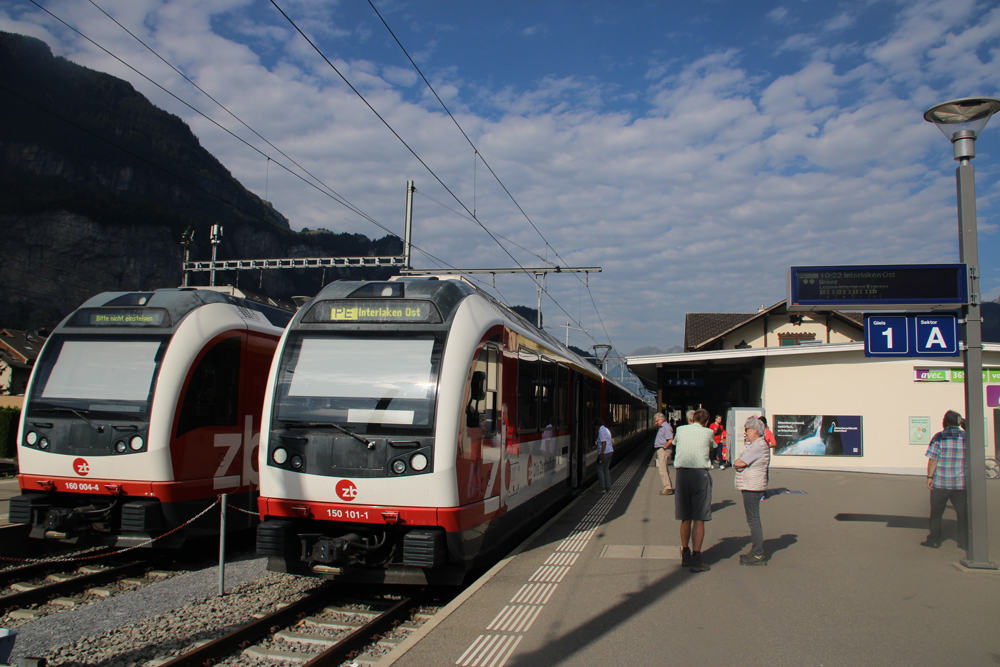
ZERMATT, Switzerland — Today was largely a work and transit day — interviews in Montreux for a feature, and a great deal of travel getting from Gstaad to Zermatt — so I’m going to backtrack a bit to talk about part of Tuesday’s trip, the prelude to the GoldenPass Express, our journey on Zentralbahn’s Luzern-Interlaken Express.
This is yet another of Switzerland’s technological marvels — a meter-gauge passenger operation that, while generally a standard adhesion railway, becomes a cog railway on three sections of the Brünig Pass to handle some short, steep upgrades or downgrades. Maximum grades on the adhesion portion are 3%, on the rack railway, they reach 12%.
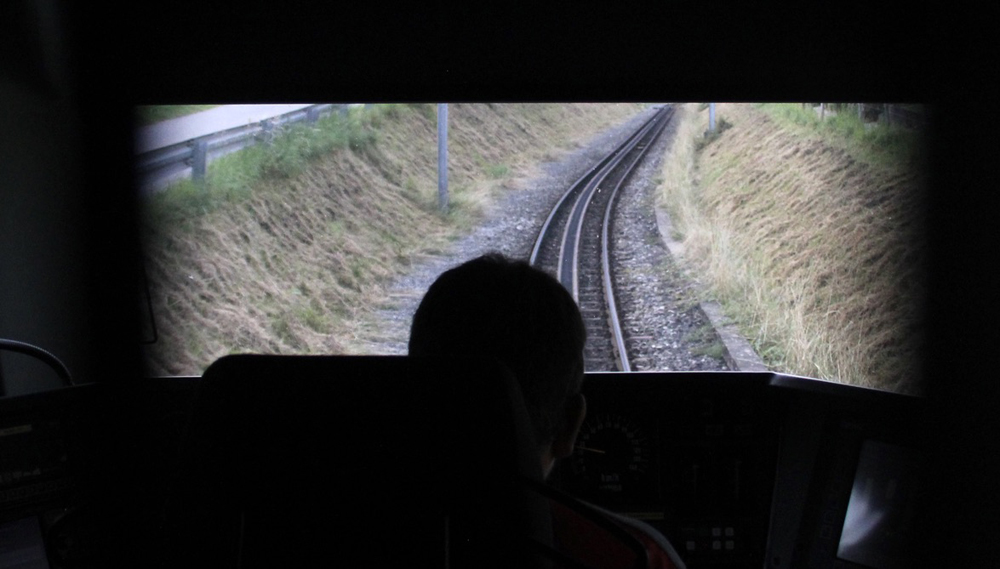
Here’s the thing about that: if someone didn’t tell you there was a cogwheel system engaged during those sections, you might well miss it. Not only does it happen smoothly and quietly, but these trains move at a pretty good clip. A retired Swiss Tourism worker, Roland Baumgartner, happened to be on our train, and spoke with our group at times when he wasn’t talking to the tour group he was leading. (An aside here: Baumgartner has written a book on Switzerland’s narrow-gauge railways that will come out in an English translation next year. If, like me, you’re a fan of Swiss railways, you’ll know there’s virtually nothing about them in English, so this is good news. He’s also written a general Swiss tour book, “The Grand Tour of Switzerland Tourist Guide,” that’s already in English. I haven’t read it, so I can’t vouch for it, but based on his conversational knowledge, I suspect it is good.)
Baumgartner explained some of the details of the cog system, and when I asked just how fast the trains could go with the cog engaged, pulled out his phone and used an app to time our train. The top speed appeared to be about 40 kilometers per hour, or about 25 mph. That’s not blazingly fast, obviously, but compared to the 10- to 15-mph pace of the usual cog railway, it’s pretty fast.
If you’re keeping track, incidentally, that means yesterday’s trip from Lucerne to Gstaad began on meter-gauge track, switched to standard gauge at Interlaken, where we began our ride on the GoldenPass Express, and switched back to meter gauge at Zwiesimmen, which is where the GoldenPass Express does its gauge-changing magic. So the GoldenPass Express has cut the journey from two train changes to one; apparently, in the past, there was a third change required.
Frédéric Delachaux, the Montreux Oberland Bernois Railway marketing director who joined us for the ride from Interlaken to Gstaad, said the company’s dream from the beginning had been to offer single-train service between Montreux and Lucerne. The GoldenPass Express has the company two-thirds of the way there; to complete that dream would not only require the gauge-changing technology, but the addition of rack railway mechanisms. Given how long it has taken to master the gauge-changing mechanics, and how complicated it would be to add even more machinery, there are no immediate plans to try to take the next step.
“We will leave that for the next generation,” he said, smiling.
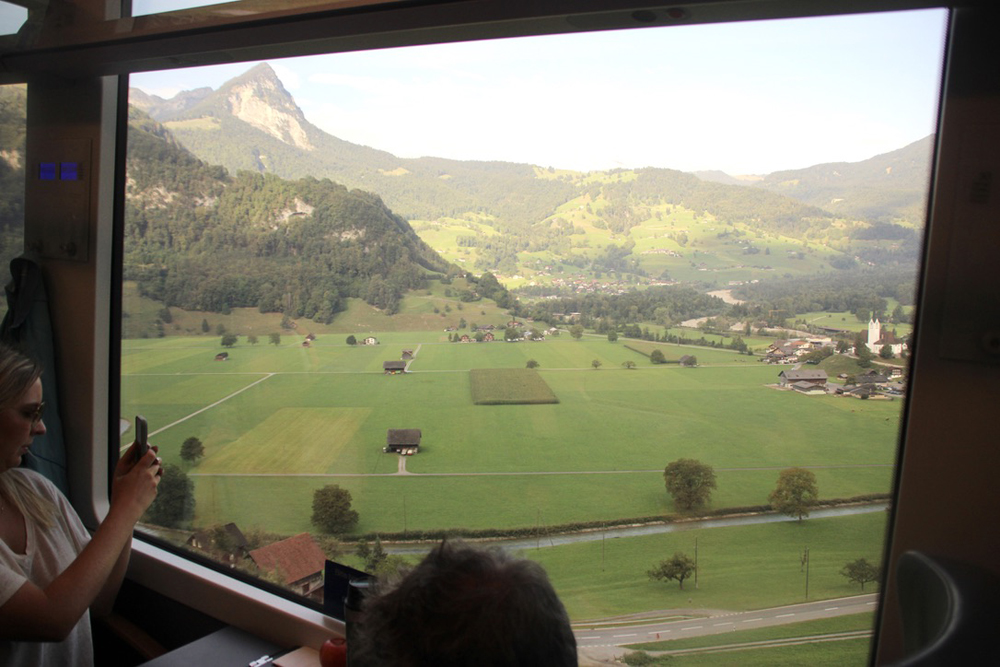






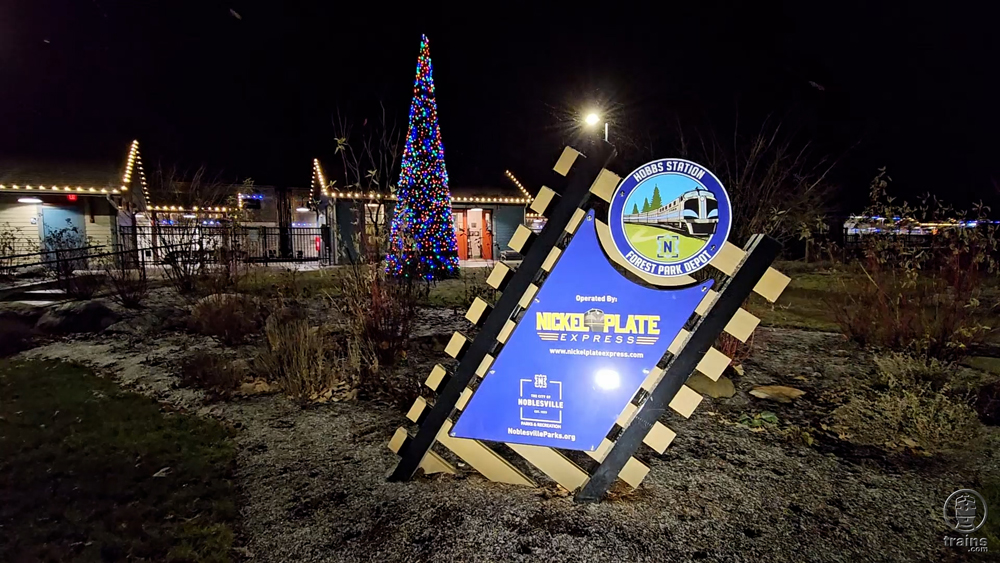
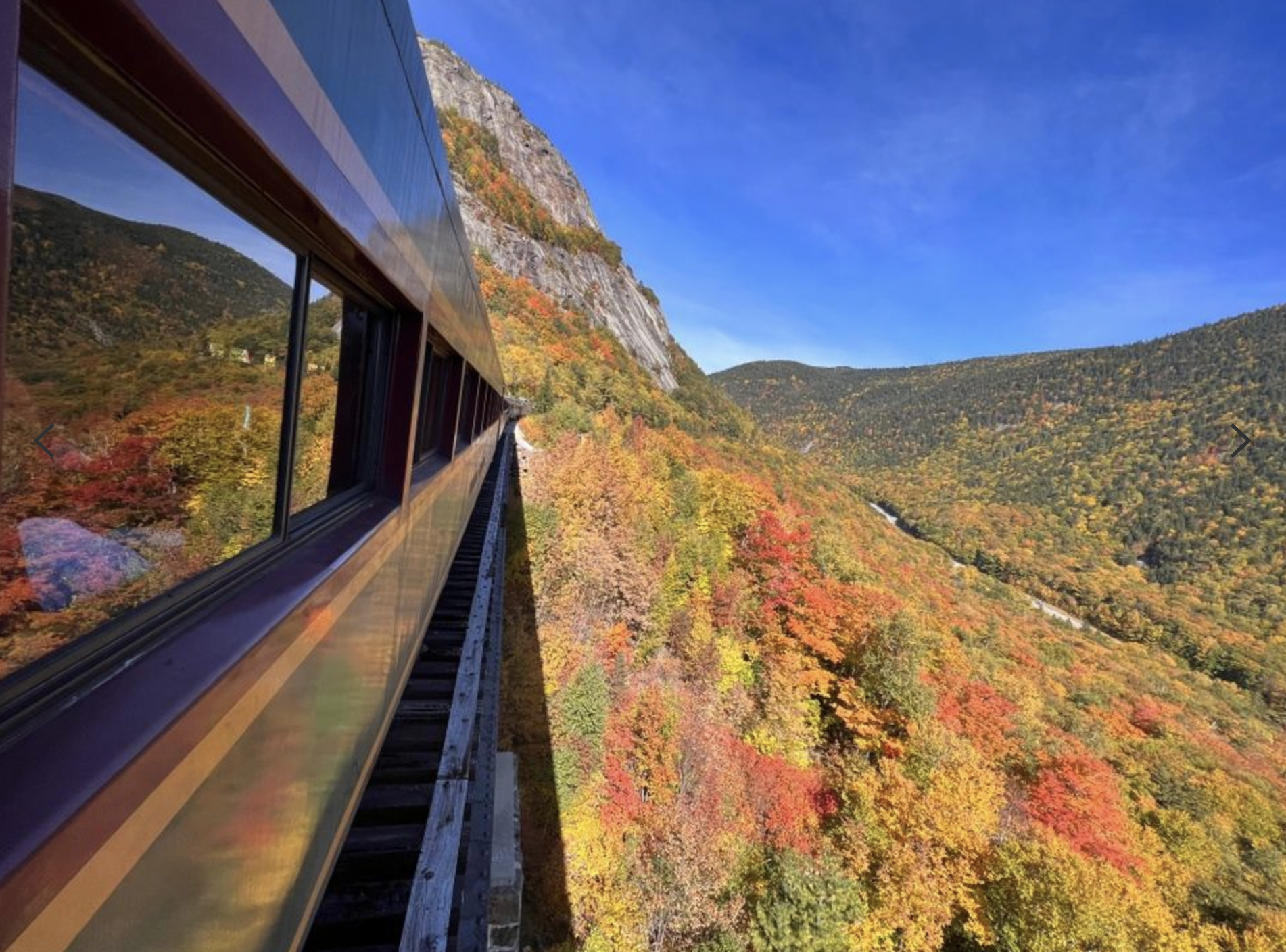
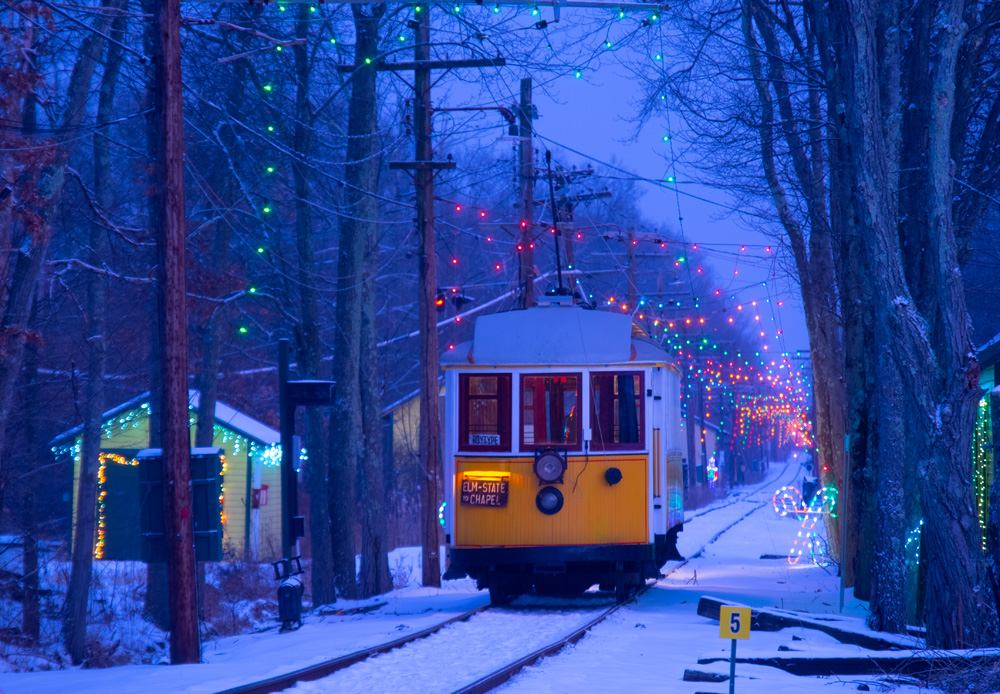
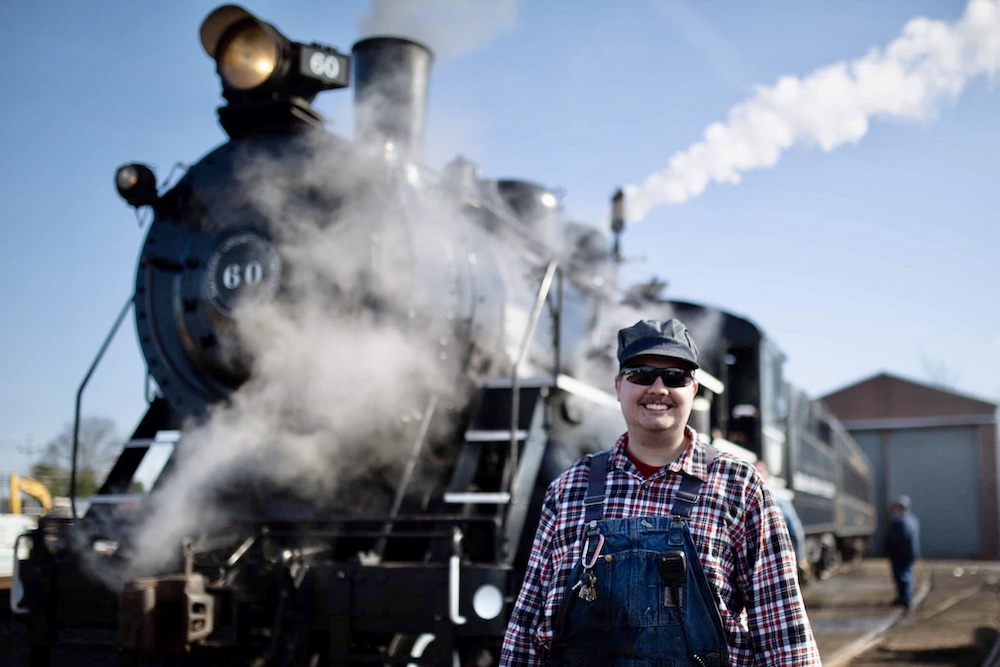




Nice description. And this route should be in the program of every visitor to Switzerland.
Some 20 to 30 years ago, the means for Montreux – Luzern direct were seriously discussed (and IMHO that would have been the better solution anyways): a third rail between Zweisimmen and Interlaken Ost. The reason why this got killed off were allegedly costs (mainly because Spiez would have been a bit of a challenge.
A sign to how serious they were was the procurement of 4 locomotives which were prepared to get the AC equipment needed beyond Zweisimmen.
Well, we now have the gauge-changing vehicles (which are leading edge, because they do not only change the gauge, but also adjust the height of the vehicle to deal with the different platform level standards. In order to get the cog brakes in, it would require a new design, which would be even quirkier.
Another FWIW: the Golden Pass Express deals with grades up to 7% in adhesion…